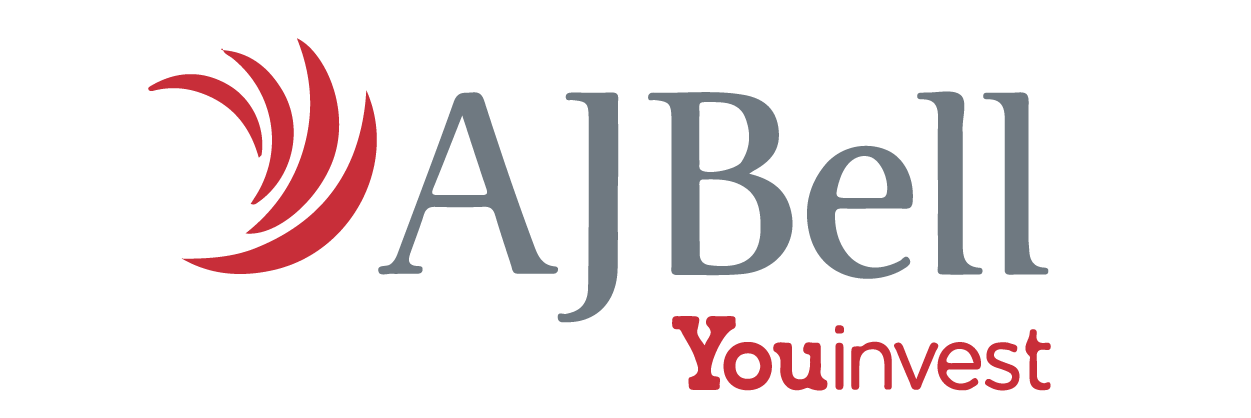What are General Investment Accounts?
A General Investment Account is a plain, vanilla investing account that comes with zero tax benefits, unlike ISAs or SIPPs. It means they easy and simple to open and start investing, but any investing activity may be subject to tax, depending on whether you’ve crystallised gains or income in a particular tax year and exceeded your personal tax thresholds.
This may include tax on the growth in the value of your investments, known as capital gains tax, which you will pay on more than £12,300 of capital gains in the current tax year, reducing to £6,000 on April 6th 2023; on income from shares – dividends – of more £2,000, reducing to £1,000 on April 6th 2023; and on interest from bonds or cash of more than £1,000 if you’re a basic rate taxpayer, £500 for higher-rate, and £0 for additional-rate taxpayers.
What’s the difference between an ISA and a GIA account?
A GIA is just a simple online brokerage account in which you deposit money and begin investing. An ISA is similar but sheltered from tax, meaning you won’t ever have to pay tax on the capital gains or income made from investments within your ISA. However, they do come with some restrictions depending on the type of ISA you open, of which there are four. These include the Cash ISA, the Stocks & Shares ISA, the Lifetime ISA, and the Innovative Finance ISA. For more information on the different types of ISA and their restrictions, please visit our ISA page.
Are there any limits on withdrawals for GIA accounts?
The advantage of GIAs is that there’s no restrictions on how much you can put in and invest or how much you can withdraw, much like a simple bank account. It means they may be appropriate for those who have exhausted the £40,000 annual allowance for tax breaks on pension saving accounts such as SIPPs, or the £20,000 contribution limit on ISAs, which are generally used for nearer-term financial goals.
When will I pay tax on my investments in a GIA?
Broadly, you pay tax when capital gains or income are realised / crystallised, depending on whether these run ahead of your annual personal tax allowances. For capital gains, tax will be applied in the tax year you sell your investment and make a profit, although you can offset gains against loses you realise in the same tax year too; and for income, in the year you receive those payments.
Can I transfer a GIA to ISA?
You may transfer your investments into an ISA – a process known as ‘Bed and ISA’. This simply involves selling down your investments into cash, moving the cash across, and re-buying your investments in your brand-spanking new ISA account.
It’s important to note that selling your investment will trigger potential tax liabilities, depending on where gains or income are relative to your personal tax thresholds. The advantage of moving your investments across to an ISA is that once your investments are there they won’t be subject to any taxes from that moment on – especially the case presently given that the government is massively reducing tax thresholds in 2023.
That other important thing is that selling and buying investments may incur dealing charges. If you Bed and ISA on the same platform however, they may wrap these up into a single charge per investment, rather than one for selling and another for buying back in.
Can I have multiple GIA accounts?
Yes, you may open as many as you like. The only thing to remember is keeping an eye on all of them and making sure you accurately reflect total annual gains or income in your self-assessment tax returns.
What happens to my GIA investment accounts when I die?
General investment accounts, ISAs and other assets like property will form part of your taxable estate, which may be passed on with other possessions under the terms of your will. As such, they may be subject to tax depending on the value of the estate bequeathed. Access to these assets will be frozen upon probate until they are distributed.
Are there flat fee GIA investment accounts available?
A number of platform services offer accounts for a flat fee. In our reviews there are details of fees as well as links through the platform services for you to find out more. Most platforms will offer ad valorem charging, meaning a percentage of the assets you hold at the platform, usually capped at a certain amount. A few do offer flat fees, of which the biggest players are Freetrade and Interactive Investor. It can be cheaper, but make sure before you take any decisions that you actually run the numbers based on the amount you’re investing with the platform to find out how much each is actually going to charge you. Independent research and advisory agency The Lang Cat ran the numbers and said flat fees are worth but (very broadly) on over £100k of assets.
What mistakes should I avoid when opening a GIA investment account?
In order to get a relative sense of the different platforms, please use our reviews. Broadly, there are two types of platforms: do it yourself (DIY) brokers that offer a wide range of products and accounts; and do it with me (DIWM) brokers that offer a very limited range of funds based on your attitudes to risk, but aiming to get you investing as simply and quickly as possible.
If you want to get fully involved and start diving into the market and picking stocks and funds like the next Warren Buffett, then full-fat DIY platforms are perhaps the most appropriate option. DIY investors also like have an investment ‘supermarket’ that covers all potential needs. However, if you find all this investing malarky boring and would prefer just to get investing without taking loads of risk, then the new-breed DIWM platforms make it really easy and quick. Of course, you don’t have to pin your flag to one mast: you could always open multiple accounts with different providers.




